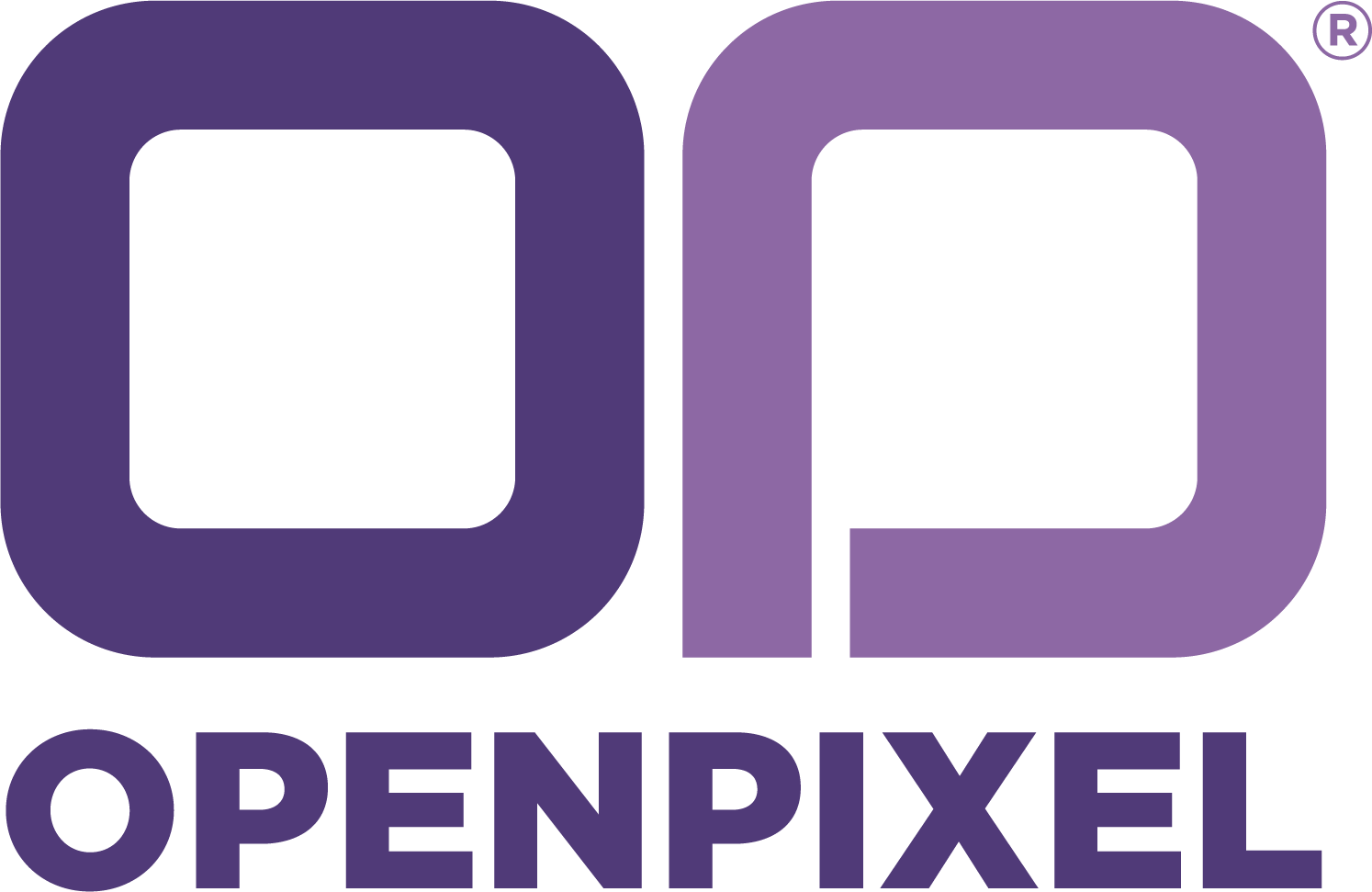10 Ways to Improve Feedback on Creative Work
Creative work is hard, but effectively communicating feedback to creatives can be even harder!
Whether it's a new ad campaign, a website redesign, or a social media strategy, it's important to find an effective way to communicate your thoughts and ideas to creatives.
Here are 10 ways to improve your feedback strategy on creative work:
Recognize your feedback style: Do you prefer to serve up compliment sandwiches, or do you take a more direct approach? How does that approach resonate with your teams, both internally and externally?
Recognizing both how you give feedback and how you prefer to receive feedback is the first step toward identifying if another approach is needed for different team members and clients.
2. Be constructive: Feedback should focus on ways to improve or enhance the work, rather than just pointing out mistakes or shortcomings.
Here are a few questions you can ask yourself that create constructive feedback:
“What is confusing to me about this piece, and why is it confusing?”
“In what ways could this visual element better represent the needs of my target audience?”
3. Be honest: Transparency is crucial when giving feedback. It’s perfectly normal to find something you don’t like, but be sure to explain why you don’t like it.
Example: “I don’t like the way this icon animates on screen because it is off-brand compared to our other branded videos.”
4. Use visual examples: Providing specific examples can help support your feedback. This may take a bit of time to find but will go a long way. Additional examples help to illustrate your points and make it easier for the person receiving the feedback to understand what you're trying to say.
A great example of this is in the Sound stage of your workflow. If you don’t know how to describe a sound effect you’re looking for, find similar sounds to point to as a reference.
5. Provide Clarity: When giving feedback, it's important to be clear about what you like and what you don't like. Avoid using vague or ambiguous language that can be misinterpreted.
Example: “Can you make everything look cooler?”
Sure, we can do that! …but what do you mean by cooler?
“Avoid language that creates too many ways to interpret your meaning!”
6. Stay positive: Even a small amount of appreciation can go a long way. When a creative team puts time and care into your work, find ways to acknowledge the process! This can help to boost morale and encourage the person or team to continue working on the project.
Here at OP, we believe in the idea of “Lovingly Critical Feedback”.
7. Offer solutions: When giving feedback, it's important to offer solutions or alternatives. This shows that you're not just pointing out problems, but that you're also willing to help. Teamwork makes the dream work!
8. Think about priorities: There’s a balance between creating the best piece of animated content ever made, and how soon it needs to be completed.
It helps to think about which pieces of feedback are your “Dealbreakers”, or items that must be included in the piece, versus your “Nice-to-haves”, which are elements that could help elevate the piece, but maybe aren’t necessary to the overall message.
Example Dealbreaker: The company logo needs to be seen at the end of the video.
Example Nice-to-have: Adding bursts of color to the end logo to make it feel exciting.
9. Be Timely: The sooner you give feedback, the sooner the person or team can make changes and improve the work. Be sure to have a project manager schedule in feedback days to help the production go smoother.
If you know your team prefers to give feedback as a group, schedule out those times to meet early on in the process, so everyone knows when to expect that meeting.
10. Schedule Follow-ups: Follow up on your feedback at designated times to see if changes were made and if the work has improved. This can help to ensure that your feedback is being taken seriously and acted upon.
Giving feedback on creative work can be challenging, but by using these common methods, you can ensure that your feedback is clear, constructive, and effective.
Remember to be honest, specific, and positive, and always offer solutions and follow-up on your feedback. By doing so, you'll help to ensure that the creative work is of the highest quality and that your input is valued and respected.
Written by: Kathryn Taccone
Ilustrations by: Nikki Hazel






